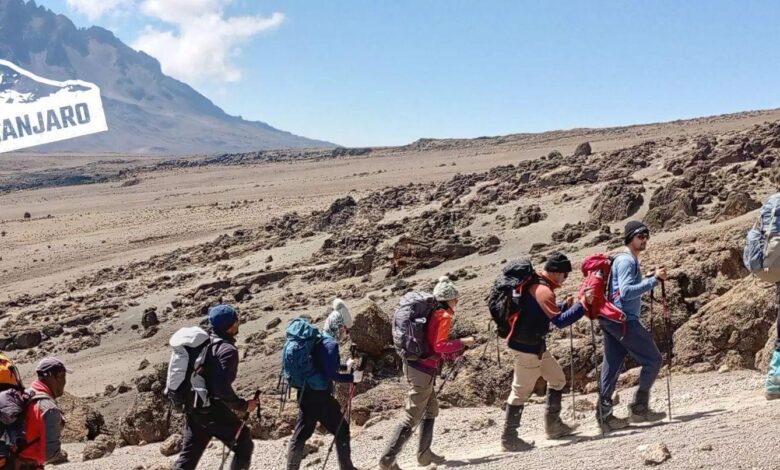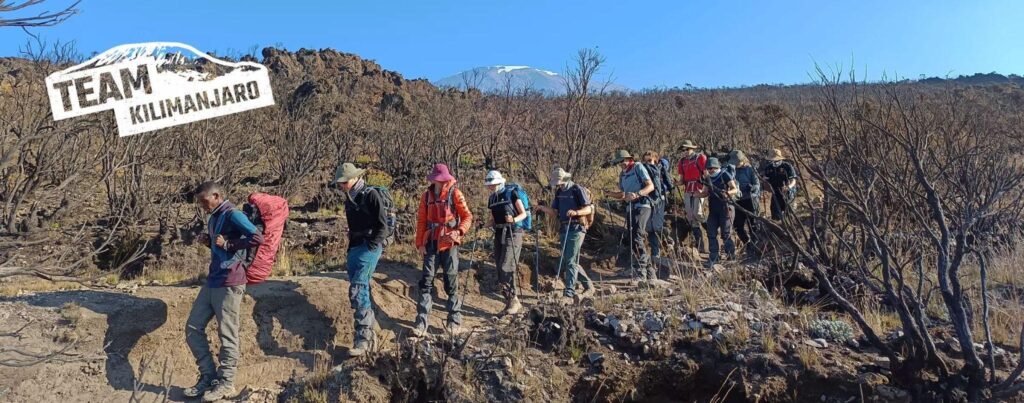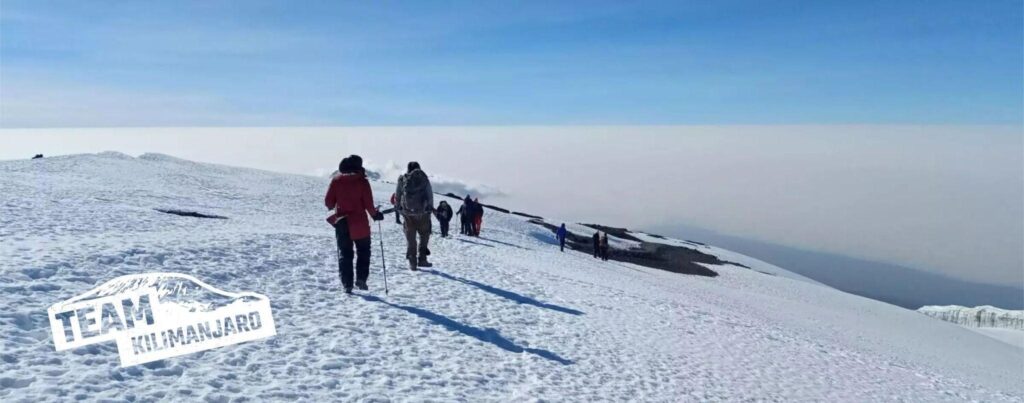Climbing Kilimanjaro and Finding Myself: A Journey Beyond the Summit

The decision to climb Kilimanjaro was never really about the mountain. It began, instead, with a quiet restlessness — a sense that I needed to test myself against something bigger than my daily routine. For months, that thought sat at the back of my mind like an unopened letter. And then, one morning, I stopped making excuses and started making plans.
I had always imagined Kilimanjaro as a far-off dream — distant, difficult, reserved for people stronger or more experienced than me. But the more I learned, the more that illusion fell away. This mountain, the highest in Africa, is not just for elite climbers. It is for ordinary people who prepare well, who go slowly, and who are willing to meet themselves along the way.
The Outer Climb and the Inner Journey
From the very beginning, the process of planning to climb Kilimanjaro mirrored the process of changing my life. It required patience, structure, and commitment. I had to research routes, train my body, and learn to respect the altitude — nearly 5,895 metres of it. But I also had to deal with doubt, with that small voice that whispered, “You can’t.”
The first practical question I faced was: How long does it take to climb Kilimanjaro? The answer depends on the route and the pace. Some trekkers attempt it in five or six days, but most success stories come from those who allow seven, eight, or even nine. The more time you give yourself, the more your body adapts to the altitude — and the more your mind adapts to the scale of the task.
In the months before my trip, I trained as much for mindset as for stamina. Long weekend hikes became meditations in motion. Carrying a backpack up steep trails taught me the value of consistency over intensity. Each step on those training days felt like a small rehearsal for the climb — and for the larger changes I was making in my own life.
A Mountain in Stages

The real journey began beneath a canopy of rainforest. The air was warm and damp, full of life. As we climbed higher, the trees thinned into moorland, then barren volcanic slopes, then an almost lunar alpine desert. It was as if the mountain was stripping away the unnecessary layers, exposing something simpler and more essential with every step.
Each morning started the same way: a cup of tea, a shared breakfast, and the slow, steady rhythm of walking. “Pole pole,” the guides said — Swahili for “slowly, slowly.” It became a mantra, a lesson in patience I would carry long after the trip ended.
At night, I would look up at a sky so full of stars it felt like a living map. I’d think about the people I’d met on the trail, each of us carrying our own reasons for being there. Some were chasing adventure. Others were celebrating milestones. I was searching for clarity — and, somewhere between the moorlands and the glaciers, I began to find it.
The Summit: A Lesson in Persistence
Summit night was a long, cold ascent into darkness. We started at midnight, headlamps glowing against the thin air. Every breath felt like an effort. Every step was a negotiation between fatigue and resolve. There were moments when I doubted I’d make it — but I kept moving, one deliberate step at a time.
And then, just as the horizon began to blush with dawn, the summit appeared. The last few metres were almost dreamlike. I remember touching the sign at Uhuru Peak and feeling an unexpected calm. This was the literal high point of the climb, but it wasn’t the real reward. The real transformation had happened in the struggle itself — in the hours of uncertainty and perseverance that led me there.
Choosing the Right Time to Go

If you’re considering this journey yourself, timing matters. The best time to climb Kilimanjaro is during the dry seasons: January to March or June to October. The weather is more stable, the trails less muddy, and the views often spectacular. I chose September, and the conditions were ideal — crisp mornings, golden sunsets, and a clear path to the summit.
That said, there’s a certain beauty in the off-season too. Fewer climbers mean quieter trails, and the mountain feels more introspective. Whether you choose clear skies or solitude, the key is to align the climb with your own goals and rhythms.
What the Mountain Teaches
Kilimanjaro taught me that the hardest climbs are rarely about the mountain. They’re about the stories we tell ourselves — about what we can and cannot do. They’re about learning to take things one step at a time, even when the summit feels impossibly far away.
I left Tanzania with more than photographs and a certificate. I left with a renewed sense of what’s possible when persistence meets purpose. The mountain changed how I approach challenges — and how I approach myself.
If you’ve ever felt the pull of a journey bigger than you, I can tell you this: Kilimanjaro is not just a mountain. It’s a mirror. And the person you meet at the top may just be the truest version of yourself.


